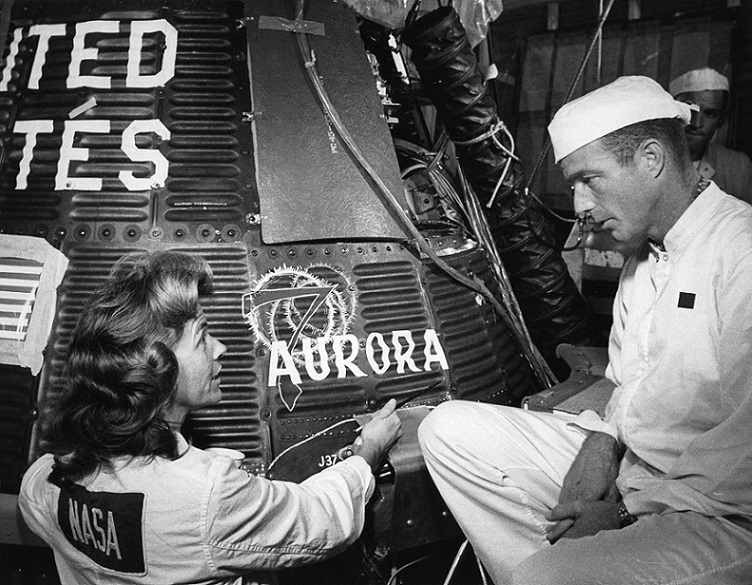
Sixty years ago, today, Scott Carpenter became America’s second man in orbit. Aboard Mercury-Atlas (MA)-7—a spacecraft he had dubbed “Aurora 7”—the astronaut undertook the most comprehensive program of scientific research yet seen on a piloted mission: astronomical observations, visibility and flying evaluations and medical checks. Sadly, as outlined in yesterday’s AmericaSpace history article, Carpenter’s five-hour, three-orbit mission suffered from severe technical problems, including a faulty pitch horizon scanner and a worrisome decline in fuel quantities in both Aurora 7’s manual and automatic tanks. The result was a mission which remains mired in controversy to this day.
In his autobiography, For Spacious Skies, co-authored with his daughter, Kris Stoever, Carpenter noted that Flight Director Chris Kraft became frustrated with his performance after concluding that the astronaut had deliberately ignored a request to perform an attitude check. Kraft also voiced serious concerns that Carpenter should tightly curb his automatic fuel use prior to retrofire.
“He was fascinated by the view and spent too much time, and used too much fuel, pointing the capsule to look around,” Kraft wrote in his memoir, Flight. “He got the camera working and lost himself in taking pictures.”
The flight director was acutely aware that fuel would be needed for the precise alignment and control of Aurora 7 during its end-of-mission retrofire, but Carpenter had failed to take steps to conserve it, after having twice been asked to do so by Capcoms Gordon Cooper and Virgil “Gus” Grissom. Kraft went so far as to describe the astronaut as “joyriding through space and using fuel at an alarming rate” and felt that Carpenter “either didn’t understand or was ignoring my instructions” by failing to reply in a timely fashion to requests for attitude control system reports.
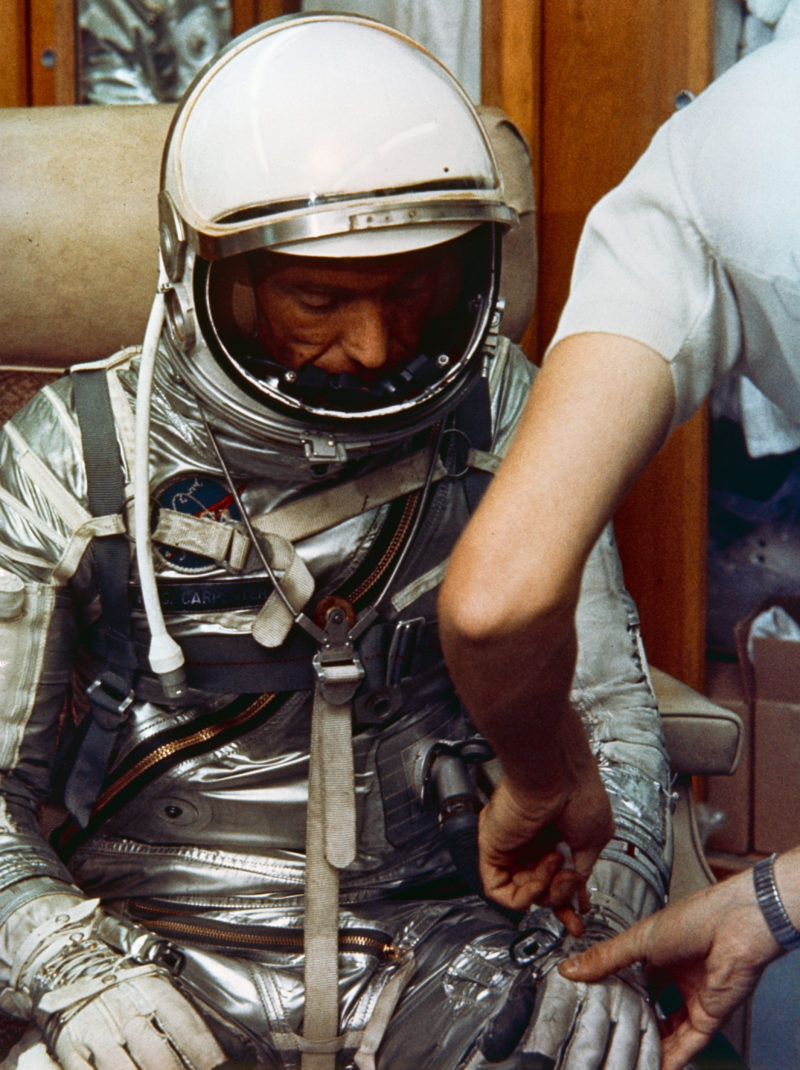
By this time, Aurora 7 was restricted to long periods of drifting flight, with both automatic and manual fuel quantities having fallen to less than 50 percent. Years later, Assistant Flight Director Gene Kranz blamed ground controllers for waiting too long in addressing Aurora 7’s problematic fuel status.
“A thorough attitude check, during the first orbit,” added Carpenter, “would probably have helped to diagnose the persistent, intermittent and constantly varying malfunction of the pitch horizon scanner. By the third orbit, it was all too late.”
During his period of drifting, Carpenter would recall one of the most spectacular views of the entire mission: a sunrise, shortly before retrofire. “Stretching away for hundreds of miles to the north and the south,” he wrote, sunrise presented “a glittering, iridescent arc” of colors, which faded into a purplish-blue and blended into the blackness of space. This blackness, he wrote in his post-flight report, together with brilliant shades of blue and green from the sunlit Earth, were “colors hard to imagine or duplicate because of their wonderful purity.
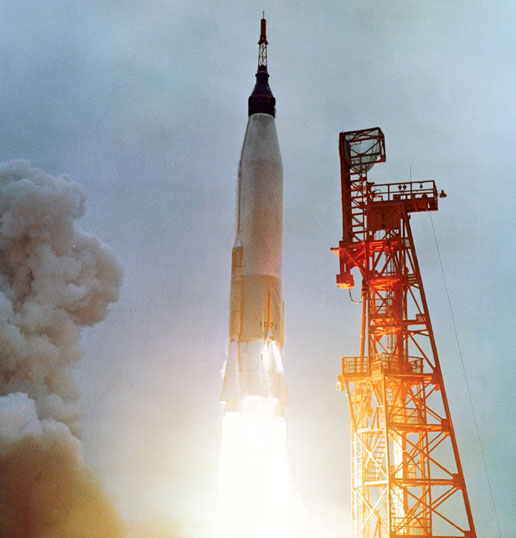
Everywhere the Earth is flecked with white clouds”. Carpenter had a stunning view of Africa’s Lake Chad. He saw patchy clouds over the Indian Ocean, a fairly clear Pacific and an obscured western half of Baja California.
His long period of drifting flight also meant that he also had the opportunity to witness a phenomenon, known as “fireflies”, seen earlier by John Glenn. By rapping his knuckles on the inside of the spacecraft, he found that he could raise a cloud of them and determined that they came from Aurora 7 itself. “I can rap the hatch and stir off hundreds of them,” he reported. “Rap the side of the capsule: huge streams come out.”
To him, they appeared like snowflakes and did not appear to be “luminous”, varying in size, brightness and color. Some were grey, some white, and one resembled a helical shaving from a lathe. Carpenter decided, only minutes before retrofire, to yaw the spacecraft to get a better view with the photometer. Shortly thereafter, he passed over Hawaii and was told to reorient Aurora 7, go to autopilot and begin stowing equipment and running through pre-retrofire checklists.
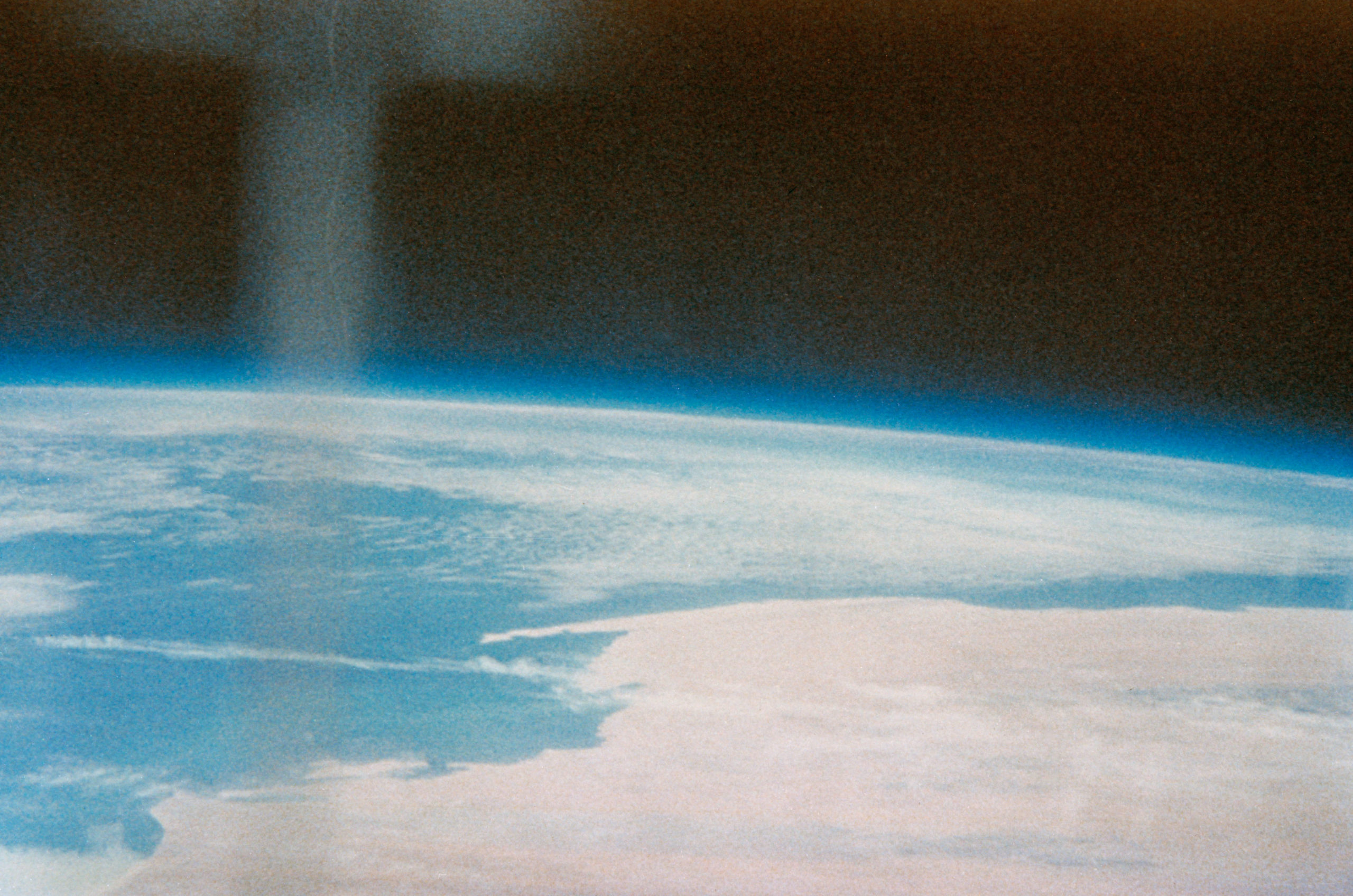
More problems arose, however. Four hours and 26 minutes after launch, with retrofire barely six minutes away, Carpenter reported that the automatic system did not appear to be working properly. He later recounted that the autopilot was not holding the spacecraft steady and, indeed, achieving the correct pitch and yaw attitudes were critical to ensuring that he would descend along a pre-determined re-entry flight path and plop into the waters of the Atlantic Ocean, just southeast of Florida.
Carpenter promptly switched to the fly-by-wire controls, but forgot to shut off the manual system, which wasted even more fuel. At around the same time, a pair of fuses overheated and the astronaut noticed smoke drifting through the cabin.
“He was behind in stowing equipment,” explained Kraft in Flight. “He hadn’t gotten a good start on his retrofire procedures and, as I listened to him, he sounded confused.” Concerned that retrofire would be delayed by the autopilot malfunction, Carpenter initiated it manually. He fired the rockets three seconds late; a tiny error, but enough to cause him to splash down “long” of the prime recovery area. “If any of the rockets didn’t burn exactly right, Scott Carpenter was about to be in deep, deep trouble,” wrote Kraft. “The Lord was with him and the rockets were perfect.”
Although he radioed that his attitude was good, Carpenter was privately unsure and added that “the gyros are not quite right”. Years later, he described the difficulty in dividing his attention between two attitude reference systems and attempting to accomplish a perfect retrofire. “It appears I pretty much nailed the pitch,” he wrote, “but the nose of Aurora 7, while pitched close to the desirable negative 34 degrees, was canted about 25 degrees off to the right, in yaw, at the moment of retrofire. By the end of the retrofire event, I had essentially corrected the error in yaw, which limited the overshoot. But the damage was already done.”
The 25-degree cant alone caused Aurora 7 to miss its planned splashdown point by around 175 miles (280 km). However, the three-second delay in firing the retrorockets and a thrust decrement of three percent below normal contributed an additional 75 miles (120 km) to the overshoot. On the other hand, if Carpenter had not bypassed the autopilot and manually fired the retrorockets, he could have splashed down even further afield.
At this stage, the spacecraft’s fuel supplies read barely 20 percent for manual and 5 percent for automatic. Carpenter survived re-entry, but experienced a wild ride through the atmosphere, as Aurora 7 oscillated between plus and minus 30 degrees in pitch and yaw. The astronaut was able to damp out many oscillations with the fly-by-wire controls and, indeed, the post-flight report would commend him as having “demonstrated an ability to orient the vehicle so as to effect a successful re-entry”, providing clear evidence that a human pilot could overcome malfunctioning automatic systems.
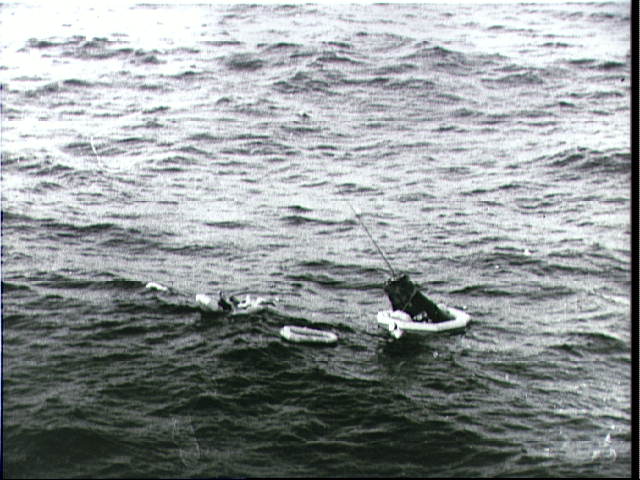
Aurora 7’s large trapezoid window offered Carpenter a spectacular view of Earth. “I can make out very small farmland, pastureland below,” he reported. “I see individual fields, rivers, lakes, roads, I think.”
Five minutes later, he was informed that weather conditions in the anticipated recovery zone were good. By this time, Carpenter began to see the first hints of an intense orange glow as particles from the spacecraft’s ablative heat shield formed an enormous “wake” behind him. Then came distinct green flashes, which the astronaut assumed were the ionizing beryllium shingles on Aurora 7’s hull. As re-entry G forces peaked, cardiac readings at Mission Control revealed the physical effort needed by Carpenter to speak. At one point, he had to be reminded to close his helmet visor.
Five minutes before splashdown, he manually deployed the drogue parachute, which steadied the capsule and damped out “some pretty good oscillations”. The drogue was followed by the main chute, again manually deployed, although Carpenter’s announcements fell on deaf ears. No one could hear his transmissions, and Grissom was forced to broadcast “in the blind” to tell him that his splashdown point would be 250 miles (400 km) “long” and advise that pararescue forces would arrive on the scene within the hour.
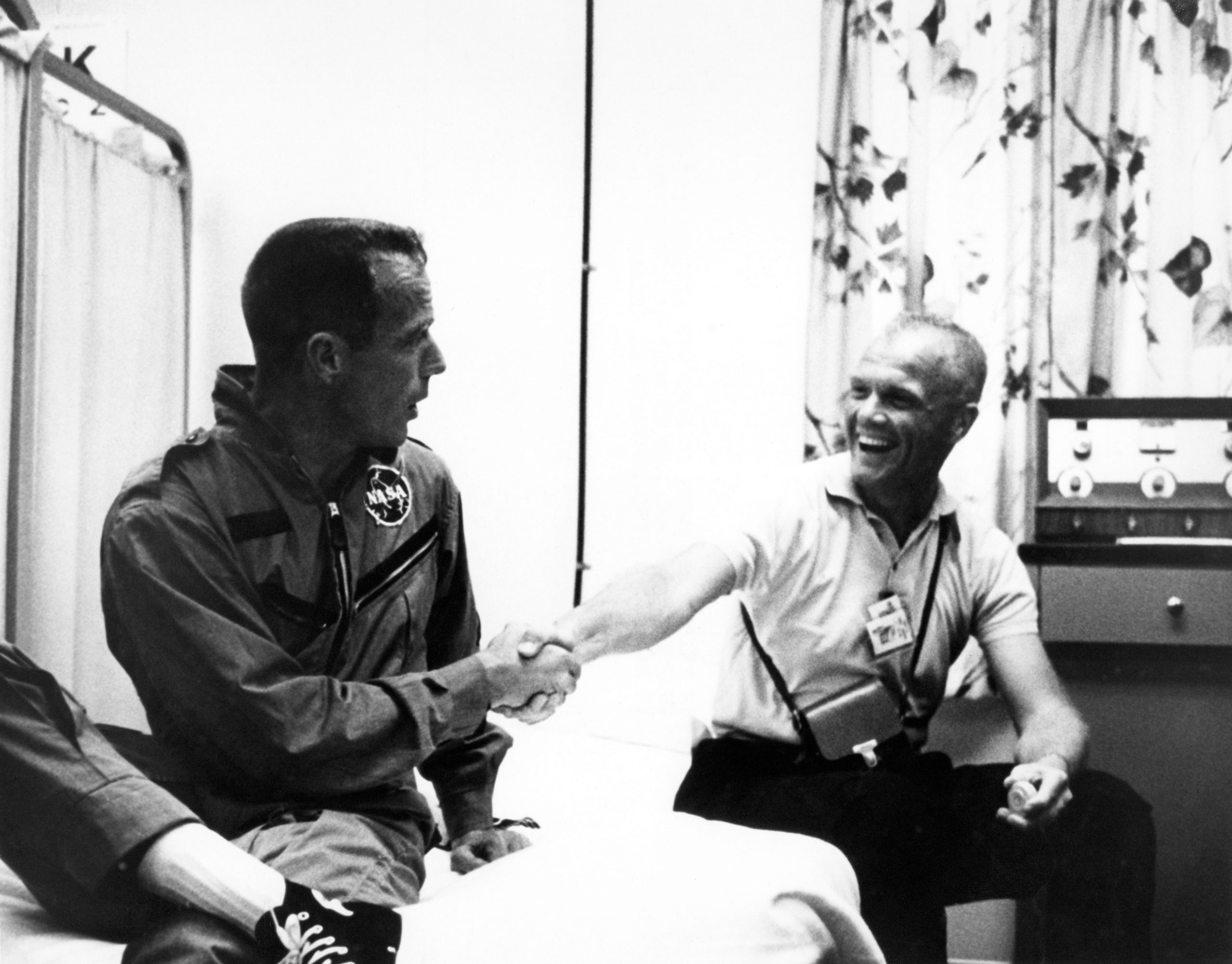
A minute before splashdown, Carpenter acknowledged Grissom’s call. The impact with the water, 135 miles (215 km) northeast of Puerto Rico, was not hard, but Aurora 7 was totally submerged for a few seconds. It popped back up and listed sharply, 60 degrees over to one side, before the landing bag filled and began to act as a sea anchor.
Keen to get out as soon as possible, Carpenter exited the capsule through the nose, becoming the only Mercury astronaut to do so. Perched in the nose of the capsule, he dropped his life raft into the water, where it quickly inflated and a Search and Rescue (SAR) homing beacon came alive. The latter would guide recovery forces to his position.
For those watching the mission from afar, however, there was no relaxation. At Cape Canaveral, CBS veteran Walter Cronkite played up the drama by describing Mission Control’s repeated attempts to contact Aurora 7. “While thousands watch and pray,” Cronkite told his audience, “certainly here at Cape Canaveral, the silence is almost intolerable.”
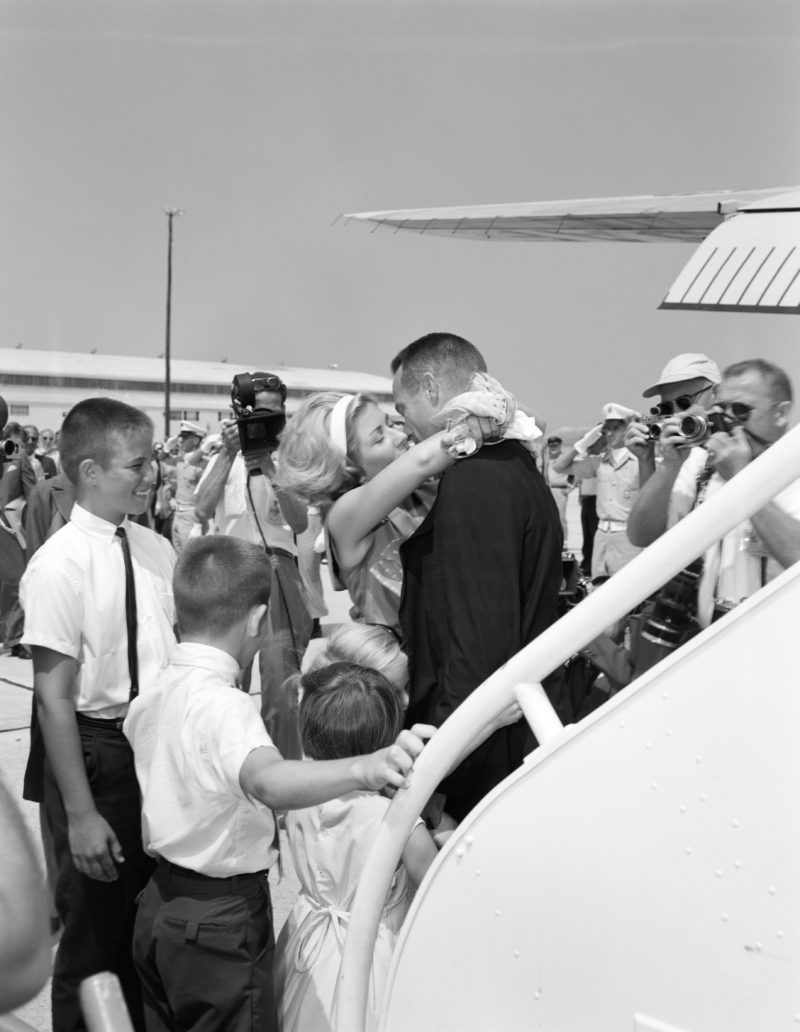
In Manhattan’s Grand Central Terminal, a hush fell over the crowd gathered before a huge CBS screen, while in the White House a direct telephone link with Cape Canaveral had been set up to provide President John F. Kennedy with news. In fact, the homing beacon had already provided Carpenter’s co-ordinates and his heartbeat had been clearly heard in Mission Control throughout re-entry.
Carpenter was hot and wet after almost an hour on his back on the launch pad, followed by five hours in space and another hour in the ocean. Soon after boarding the rescue helicopter, he borrowed a pocket knife, cut a hole in the sock of his space suit and let his sweat and seawater drain out of the makeshift toe hole. Army physician Richard Rink asked him how he felt. In true “Mercury Seven” fashion, came the clipped response: “Fine.”
The situation within Mission Control, though, was far from fine. Kraft and many other mission controllers were furious, accusing Carpenter of recklessly endangering himself during a botched re-entry. Their frustration was exacerbated when, aboard the recovery ship, the astronaut had off-handedly remarked that “I didn’t know where I was…and they didn’t know where I was, either.”
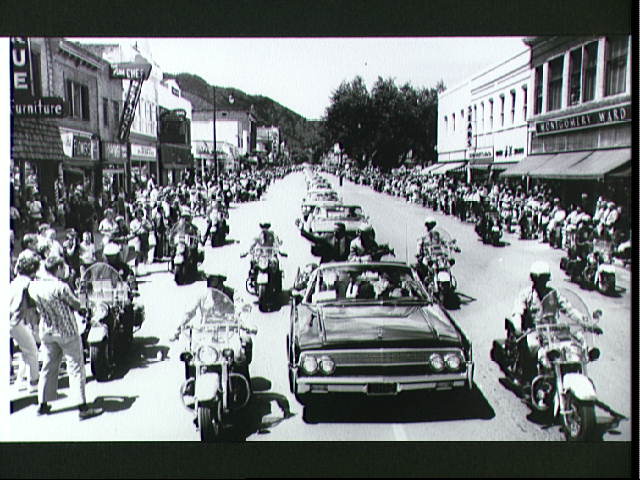
But Kraft’s team knew exactly Carpenter’s position and even advised the astronaut when to expect air rescue teams to arrive. “He was sitting in his life raft, enjoying the calm weather,” wrote Kraft, “when frogmen jumped from a plane behind him and startled him by swimming up.” He described Carpenter’s “cavalier dismissal of a life-threatening problem”—the failure of the spacecraft’s navigational instruments—and troublesome re-entry and swore that the astronaut would never fly again.
Yet Carpenter’s flight brought Project Mercury to a crossroads. NASA pointed out that the lessons learned from Glenn and Carpenter were pleasing and speculation arose that a day-long mission to rival that of the Soviet Union’s Gherman Titov in Vostok 2 could be attempted as early as 1963.
Indeed, many congressional observers supported a flight to surpass that of Titov. Within a year of Scott Carpenter’s mission—a mission of so many mixed blessings—Project Mercury would draw to a triumphant conclusion and would open the way for Project Gemini and, later, an assault on reaching the Moon itself.




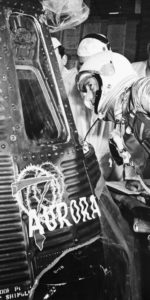
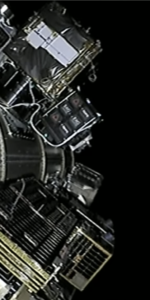
While I was a teenager in that era & remember these first flights with the confidence that America could pull it all off with expertise & certainty of outcome, your SPLENDID & CANDID storytelling reveal that spaceflight…for all the pre-planning that went into it…was NEVER A CERTAINTY and there were always “surprises” & disaster stalking each & every mission & accomplishment. Ben Evans, you have a tremendous gift for writing and bringing these stories to life with a “you are there”…looking over their shoulders & capturing every fascinating nuance of thought & deed as it all became a history of spaceflight! THANK YOU !!!